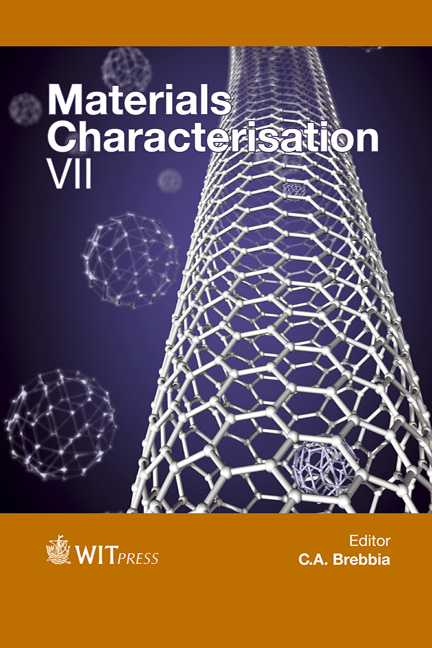Polytypic Heterojunctions For Wide Bandgap Semiconductor Materials
Price
Free (open access)
Transaction
Volume
90
Pages
10
Page Range
273 - 282
Published
2015
Size
421 kb
Paper DOI
10.2495/MC150251
Copyright
WIT Press
Author(s)
M. Shenkin, O. Korolkov, T. Rang, G. Rang
Abstract
The bonding of crystallic semiconductor structures for getting polytypic heterojunctions on the basis of wide band gap semiconductor materials has considerably increased. The direct wafer bonding technology for the creation of polytypic heterojunctions (e.g. silicon carbide polytypes like 4H-SiC, 6H-SiC, 3C-SiC) gives an advantage in obtaining heterojunctions on the basis of different polytypes improves the electrical and physical properties of devices without lattice mismatch problems. The bonding of SiC wafers is an extremely challenging process even under ideal surface conditions. The hardness and inertness of SiC renders possesses a huge influence for surface preparation. Such parameters as roughness, flatness, waviness, and an extremely important aspect like cleanliness of surfaces have to be tightly controlled.
This paper shows a state-of-the-art-today’s situation: the physical background and surface preparation problems before the direct bonding; the technological possibilities and possible practical solutions.
Keywords
silicon carbide, polytypic heterojunctions, wafer bonding/diffusion welding, surface preparation





